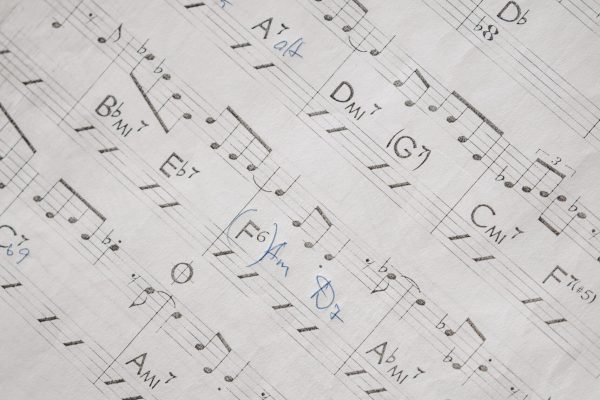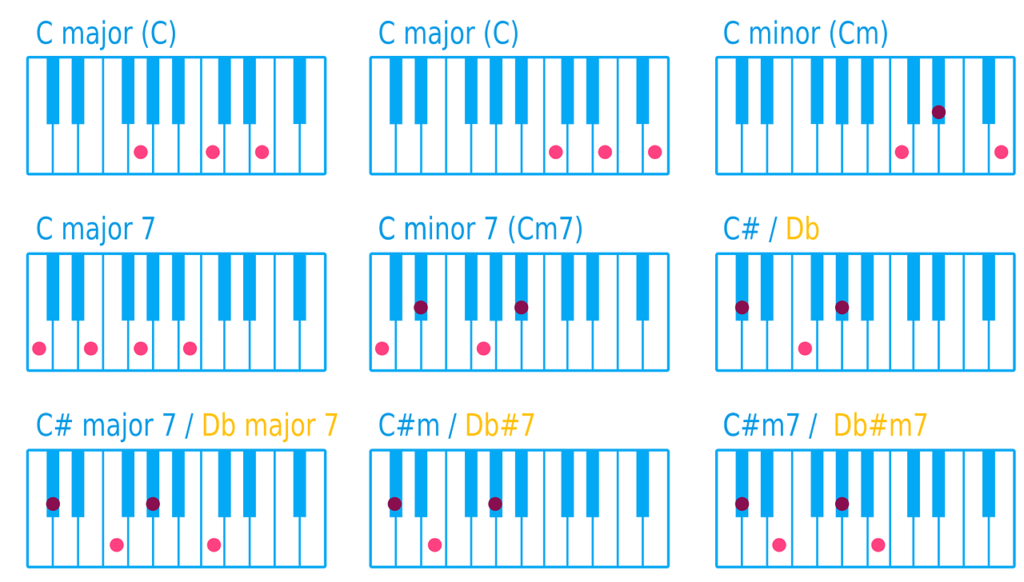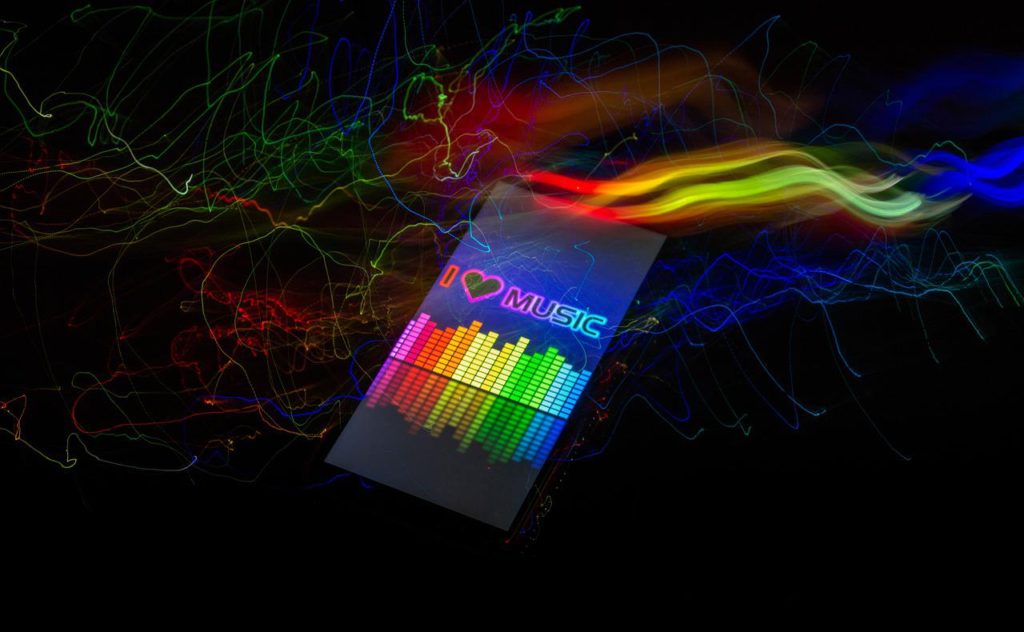Estimated reading time 4 minutes
Table of Contents
Introduction
“What advice do you have for a pianist in jazz band?” Piano in middle school and high school jazz band can be challenging. Jazz is chromatic and modulates often. This means that piano teachers will have to have a plan of attack. Keep reading if you need advice for teaching a first year high school jazz pianist.
This post uses musical terms. For definitions, see the Glossary at the end of the article.

Advice for Teaching a First Year High School Jazz Pianist #1: Think Long Term
Need advice for teaching a first year high school jazz pianist? First, think long term. Your student will be in jazz band for years, you can build his (or her) skills up over time.
- Can your student read in multiple keys? Many young pianists can’t.
- If your student can’t read in every key, you’ll need to simplify the score.
- However, you should also work to expand his skill set every semester.
- What you start working on first and how fast you go depends a lot on both the music and the student.
Advice for Teaching a First Year High School Jazz Pianist #2: Comping Chords
Need advice for teaching a first year high school jazz pianist? Second, if the score has him comping chords, simplify them to triads. Even if there is a part written out, you may want to make a comping arrangement if the original part is too difficult.
You’ll need to teach each chord separately.
- For example, if you have an arrangement around the 12 bar blues in Bb, you’ll need to teach at least the Bb, Eb, and F major triads.
- However, since it’s jazz band, there may be other chromatic passing triads as well.
After you’ve reduced the chords to triads, create voicings that stay, as much as possible, within one hand position.
- Or at least limit the number of hand positions as much as you can.
- The next semester, or even next year, you can start working on seventh chords.
- Extensions (such as nineth, eleventh, and thirteenth chords) will probably have to wait a year or two down the road.
- If there are single note (i.e., melodic) passages, limit them to one hand to begin with. You can work on hands combined playing in later semesters.
When you’ve created your arrangement, print it out and give it to your student. Color coding the music will help your ADHD and dyslexic students. The following link talks about music notation software that can color code the notes for you:

Advice for Teaching a First Year High School Jazz Pianist #3: Make a Recording
Need advice for teaching a first year high school jazz pianist? The third piece of advice is critical:
- Play your arrangement into your phone and send the video to the student to listen to.
- Record it at slow, medium, and fast speeds.
- Your main goal isn’t sight reading but performance, so you’ll use the video to “grease the wheels.”

Advice for Teaching a First Year High School Jazz Pianist #4: Rhythm
Need advice for teaching a first year high school jazz pianist? Fourth, there’s a long tradition in big band jazz of playing steady quarter notes in the rhythm section:
- You may need to do that because you’ll have enough work to do with the chord voicings.
- Plus, your student may need time to adjust to playing swing eighth notes.
- Nevertheless, if he plays swing rhythms for, say, an RH single note passage, you might want to consider color coding the rhythm.
- This will speed up his reaction time, making it easier for him to pick up the rhythm more quickly.
I developed the system of color coded rhythms to help special needs students, but it works well with any student:

Advice for Teaching a First Year High School Jazz Pianist #5: Talk to the Band Director
Need advice for teaching a first year high school jazz pianist? The last piece of advice: make sure the band director is onboard with what you plan to do.
- Get in contact with your student’s jazz band director to get your plan okayed.
- If the jazz band director doesn’t like your plan, see if they have an electronic keyboard.
- Maybe your student can play another part (such as a trombone bassline), using the keyboard’s sounds.
- This is how many of my piano students have played in both concert band and jazz band.
Good luck!
Related Posts
- How to Overcome the Fear of Performing in Front of an Audience
- D’you Want Some Music Tips and Tricks I’ve Learned Over the Years?
- Ways Around the Difficulty of Playing the Piano Due to Short Fingers and Small Hands
© 2023 Geoffrey Keith
Join me for in-person or online lessons today!
Back to the All-Purpose Music Tips and Topics category blogs page
Glossary
What’s the Difference Between Practice and Play on an Instrument?
Have you ever wondered what’s the difference between practicing and playing? Practicing will be a important part of your growth as a musician. According to the “New Grove Dictionary of Music and Musicians,” studies have found that the best pianists and violinists needed 10,000 hours of practice to master their instruments. Not that you need 10,000 hours to start playing decently, but the master musicians do show us the importance of practicing. So, do practicing and playing get the same results? Read more to learn, “What's the difference between practice and play on an instrument?” Estimated reading time 2 minutes.
Read MoreThe C Major Scale (Including the C Major Chord Scale)
Do you want to understand the notes, chords, and patterns in the C scale better? Figuring out how scales and chords work together will unlock your ability to improvise, compose, and play music. Keep reading to learn how the C major scale (including the C major chord scale) works. Estimated reading time 2 minutes.
Read MoreSinging Shape Note Harmonic Minor Melodies
Have you learned how to sight sing natural minor melodies, but want to be able to sing harmonic minor too? I can help. Read more to learn about singing shape note harmonic minor melodies. Estimated reading time 5 minutes.
Read MoreExplore Bach’s Hypnotic Choral Music in Less Than Four Minutes
Would you like to peruse Johann Sebastian Bach’s music but are short on time? Along with Mozart and Beethoven, J.S. Bach is one of the three composers that the person on the street will recognize by name. His music is celebrated for its intricate counterpoint and emotional intensity. Keep reading to explore Bach’s hypnotic choral music in less than four minutes. Estimated reading time 3 minutes.
Read More




